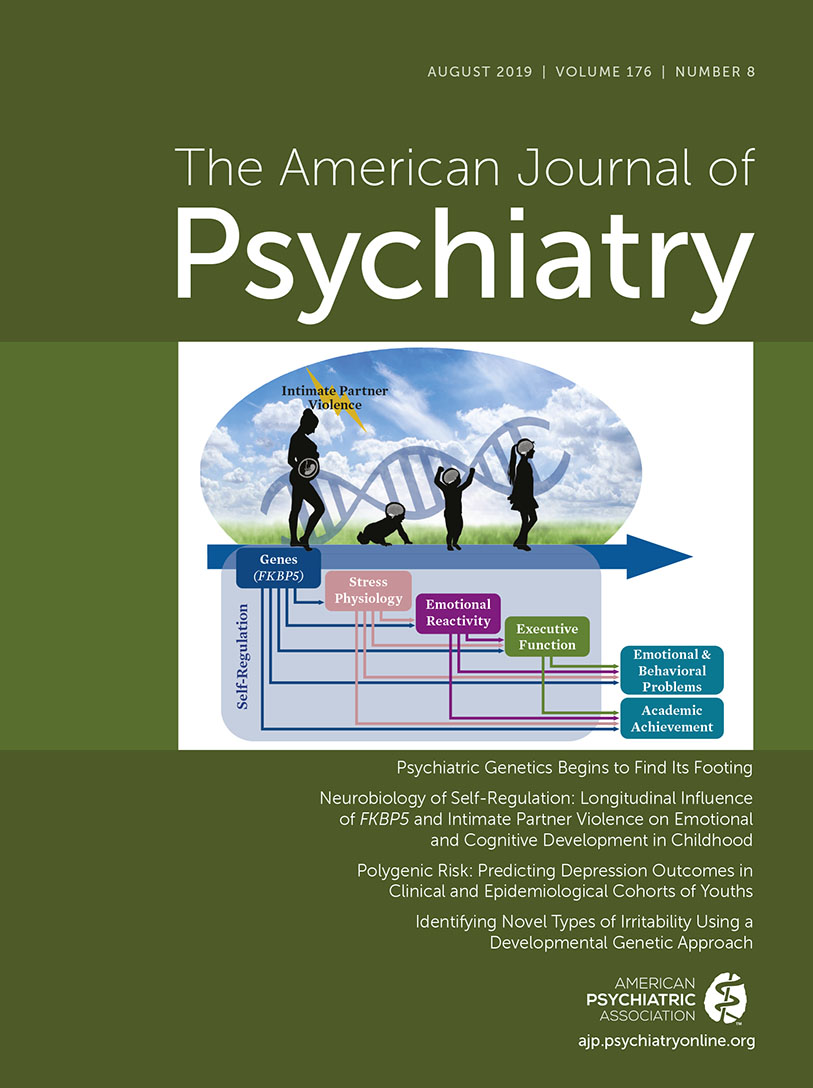Polygenic Risk: Predicting Depression Outcomes in Clinical and Epidemiological Cohorts of Youths
Abstract
Objective:
Identifying risk factors for major depression and depressive symptoms in youths could have important implications for prevention efforts. This study examined the association of polygenic risk scores (PRSs) for a broad depression phenotype derived from a large-scale genome-wide association study (GWAS) in adults, and its interaction with childhood abuse, with clinically relevant depression outcomes in clinical and epidemiological youth cohorts.
Methods:
The clinical cohort comprised 279 youths with major depression (mean age=14.76 years [SD=2.00], 68% female) and 187 healthy control subjects (mean age=14.67 years [SD=2.45], 63% female). The first epidemiological cohort included 1,450 youths (mean age=13.99 years [SD=0.92], 63% female). Of those, 694 who were not clinically depressed at baseline underwent follow-ups at 6, 12, and 24 months. The replication epidemiological cohort comprised children assessed at ages 8 (N=184; 49.2% female) and 11 (N=317; 46.7% female) years. All cohorts were genome-wide genotyped and completed measures for major depression, depressive symptoms, and/or childhood abuse. Summary statistics from the largest GWAS to date on depression were used to calculate the depression PRS.
Results:
In the clinical cohort, the depression PRS predicted case-control status (odds ratio=1.560, 95% CI=1.230–1.980), depression severity (β=0.177, SE=0.069), and age at onset (β=−0.375, SE=0.160). In the first epidemiological cohort, the depression PRS predicted baseline depressive symptoms (β=0.557, SE=0.200) and prospectively predicted onset of moderate to severe depressive symptoms (hazard ratio=1.202, 95% CI=1.045–1.383). The associations with depressive symptoms were replicated in the second epidemiological cohort. Evidence was found for an additive, but not an interactive, effect of the depression PRS and childhood abuse on depression outcomes.
Conclusions:
Depression PRSs derived from adults generalize to depression outcomes in youths and may serve as an early indicator of clinically significant levels of depression.



